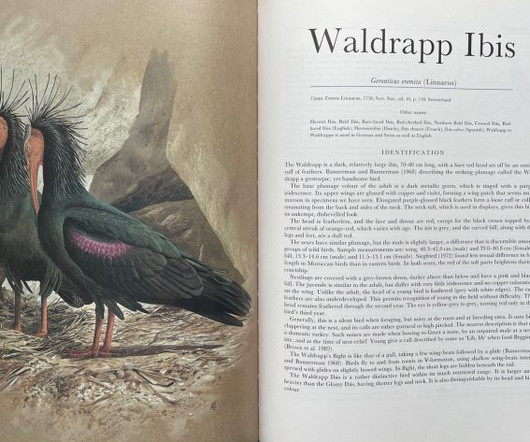What the Owl Knows: The New Science of the World’s Most Enigmatic Birds: A Book Review
10,000 Birds
JULY 4, 2023
I’m sure many of you have had similar experiences. Jennifer Ackerman points out in the introduction to What the Owl Knows: The New Science of the World’s Most Enigmatic Birds , that we don’t know much, but that very soon we may know a lot more. But what do we know beyond these commonly seen and heard behaviors?












Let's personalize your content